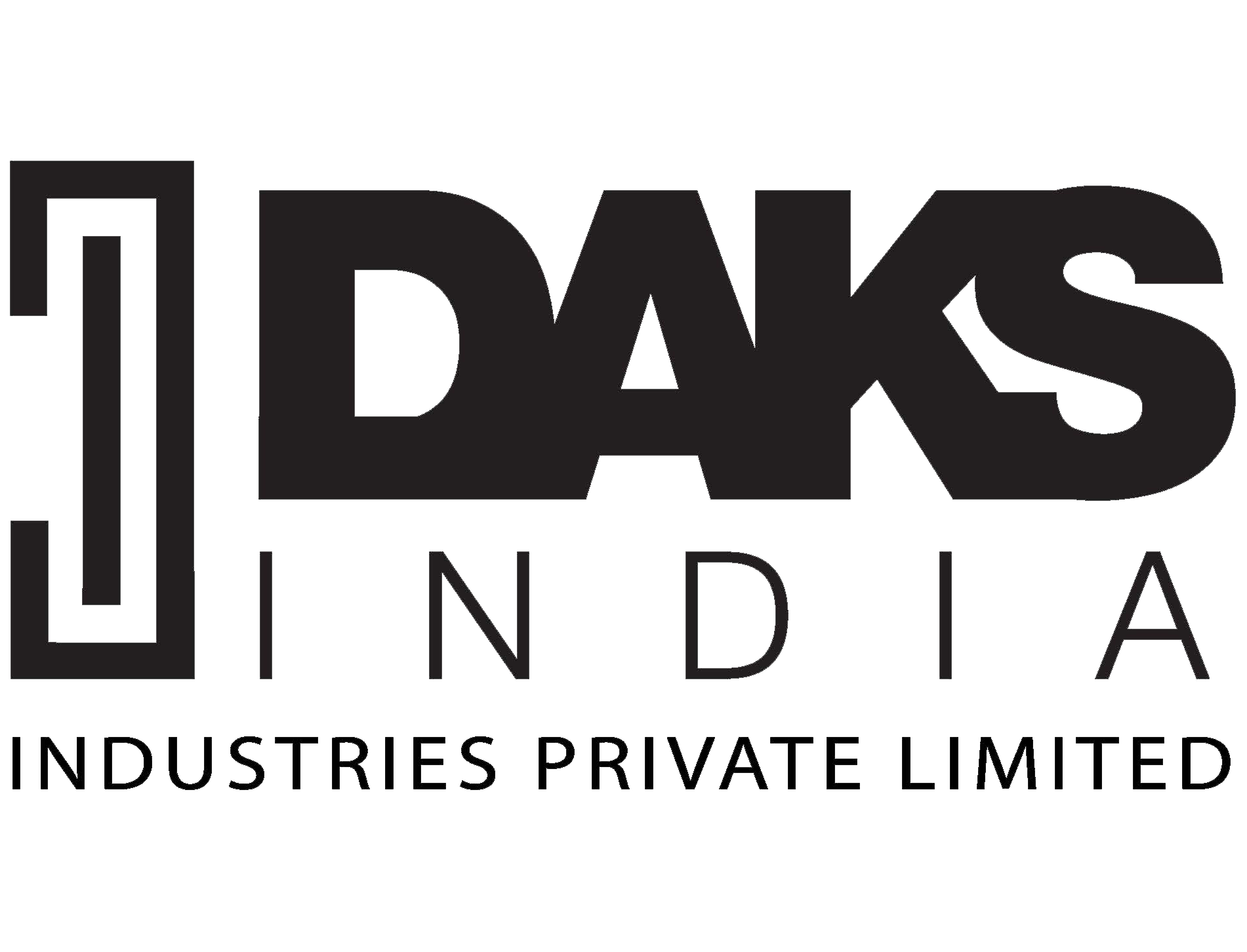Consumers have access to an enormous amount of cloth because of the modern textile industry. Modal is one of the most recent inventions in this field. This is a sustainable fabric with excellent aesthetic and technical qualities. Still, it comes with its own set of advantages and disadvantages, as well as specific requirements for working with it.
Even though the modal fabric has been made since the 1930s, it is only becoming widely used. This, according to experts, is due to the introduction of new technologies in the textile industry, which has substantially accelerated and simplified the manufacturing process. Modal is now a widely available material that is used in a variety of contexts.
FABRIC MODAL
Modal fabric does not fit neatly into either the natural or synthetic categories. The substance is a sort of viscose, according to the technical features assigned to it by Japanese textile workers in the 1930s. Initially, the modal fabric was designed to be used in the production of household textiles:
- cleaning wipes,
- tablecloths
- curtains and curtains.
Furthermore, although the modal was frequently employed in industry, it did not “take root” in this field. The material’s strength was insufficient for the fabrication of technical fabrics, such as parachutes.
When the modal arrived in Europe in the 1960s, European fashion designers began to manufacture clothing. The modal is now in high demand in the fashion industry due to its benefits: it does not crease, can be worn for a long time, looks great in any style, and is easy to drape.
COMPOSITION OF FABRIC MODAL
Modal fabric is a synthetic material. However, it is made from cellulose derived from natural sources such as beech or eucalyptus. When it comes to tactile properties, it appears to be cotton. This is made possible by the composition’s singularity:
- natural wood pulp,
- chlorine-free chemicals (for processing raw materials),
- extracts from resins (to increase hygroscopicity).
The so-called “viscose” press is required in modal production since it allows for the rapid extraction of pure fibre from natural sources. The lack of chlorine-containing chemicals during the processing of the starting material for the fabrication of modal fabric is a requirement for the production process.
It’s vital to remember that modal cloth isn’t cheap. If the retailer focuses on the low price of the material, they attempt to market a low-quality counterfeit.
MODAL FABRIC PROPERTIES
There are two types of modal: one-sided and two-sided. The process of weaving the fibres in the creation of fabric determines the type of material. The one-sided modal is remarkably comparable to genuine silk in appearance and feel. It has a flawlessly smooth, rough-free surface, is thin, and unusually light.
The double-sided modal is dense but soft and has a terry surface, similar to velvet or knitwear. This fabric can be used to make garments for the winter, spring, or autumn seasons.
The fabric’s modal hygroscopicity is 1.5 times higher than that of natural cotton. Using products made of this material correctly passes air and does not have a greenhouse effect. Furthermore, the modal is hypoallergenic and non-electrifying, and its surface repels pollutants. It also does not shrink during the washing and does not form spools. This is a very light fabric, and even the most voluminous garments made of it appear weightless.
PROS AND CONS OF MODAL FABRIC
Modal fabric offers excellent technical and operational features, allowing you to sew practically any type of garment from it. Even the most complex cut styles from a modal look fantastic since the material glides is easy to drape and have a soft but permanent texture.
Modal fabric, like any other textile material, has its downsides. The following features and characteristics are among them:
- modal elasticity is lower than viscose; that is, the fabric is softer,
- in rare cases, in 1 out of 1000, the tissue causes allergies,
- high cost due to the characteristics of production.
These flaws exist, but they are minor compared to the material’s other benefits, including hygroscopicity, environmental purity and safety, durability and resistance to spool development, and mechanical damage.
The modal has recently gained another advantage: textile workers have mastered generating this type of yarn, which is currently used to make the hose. Socks, stockings, pantyhose, and children’s clothing made from modal yarn is attractive, durable, and relatively economical, as they do not require as much material as clothing.
